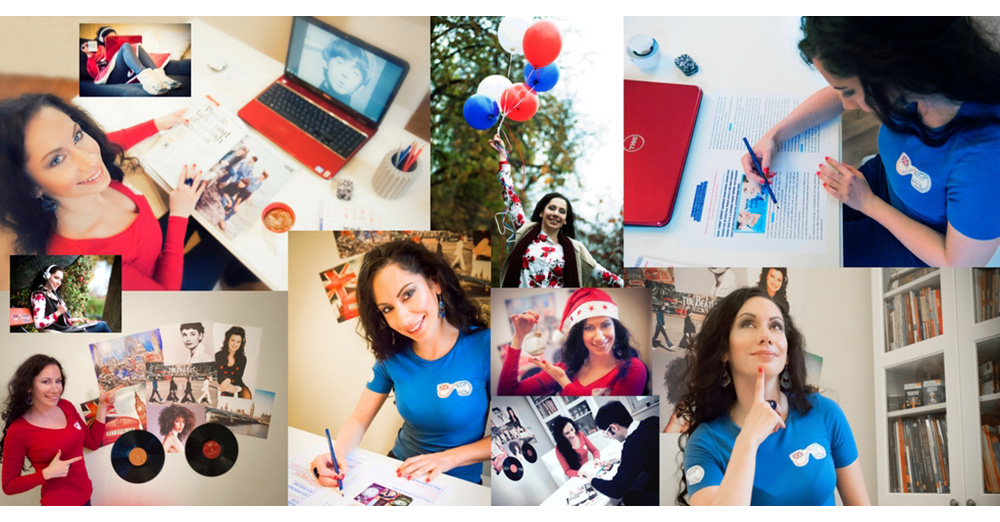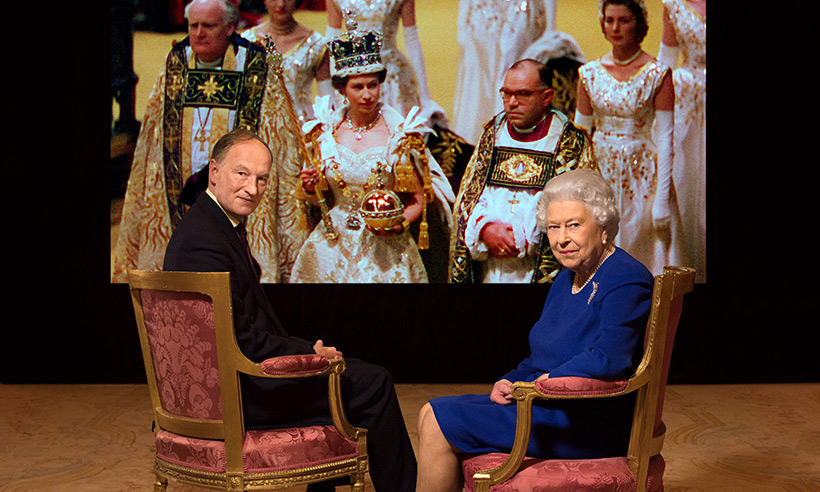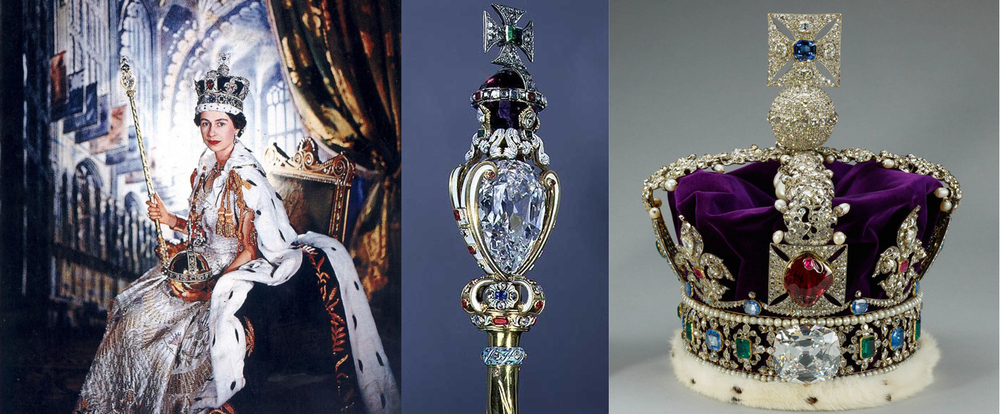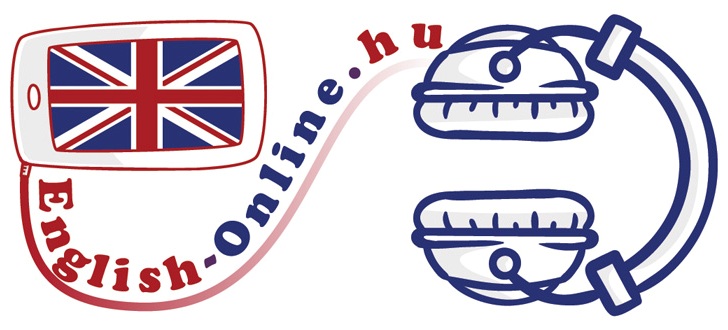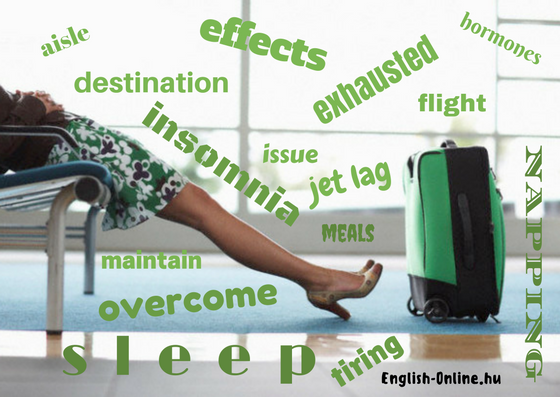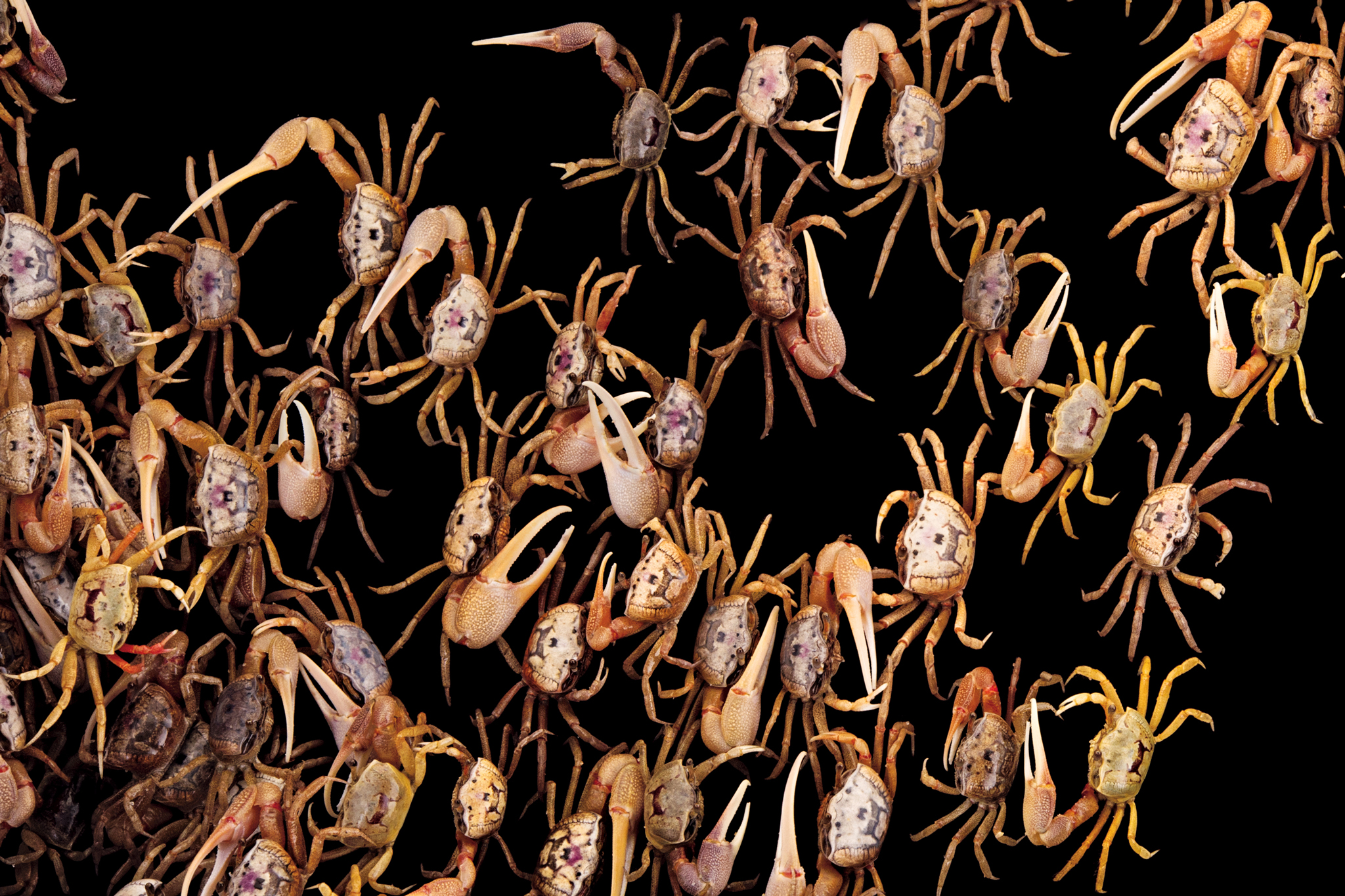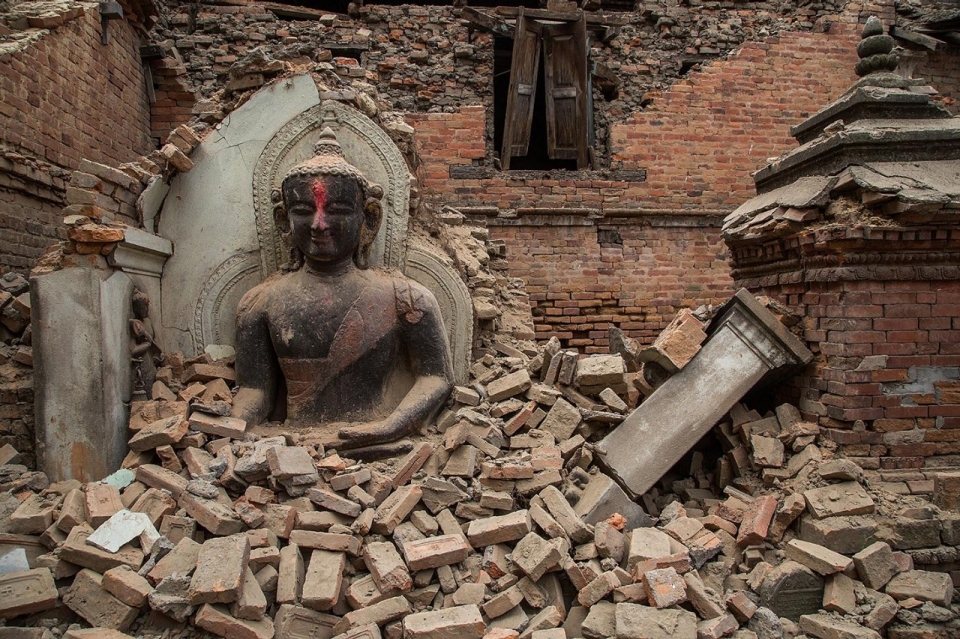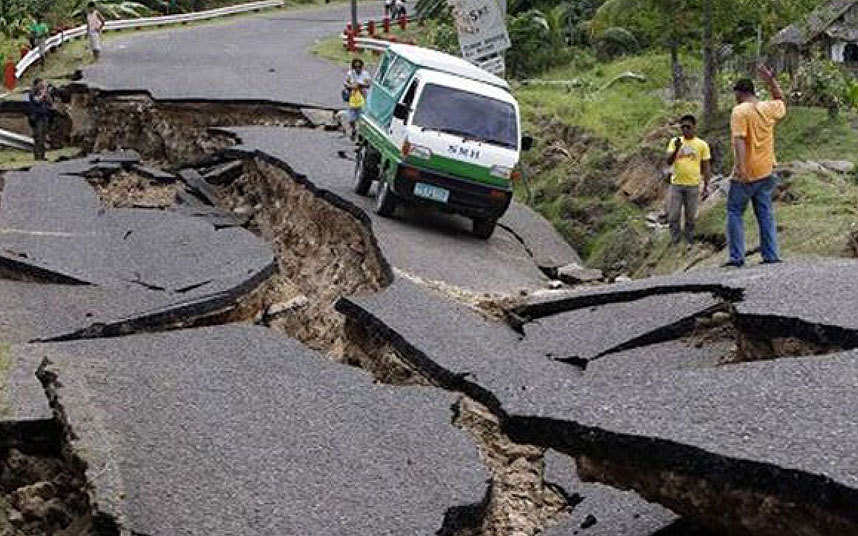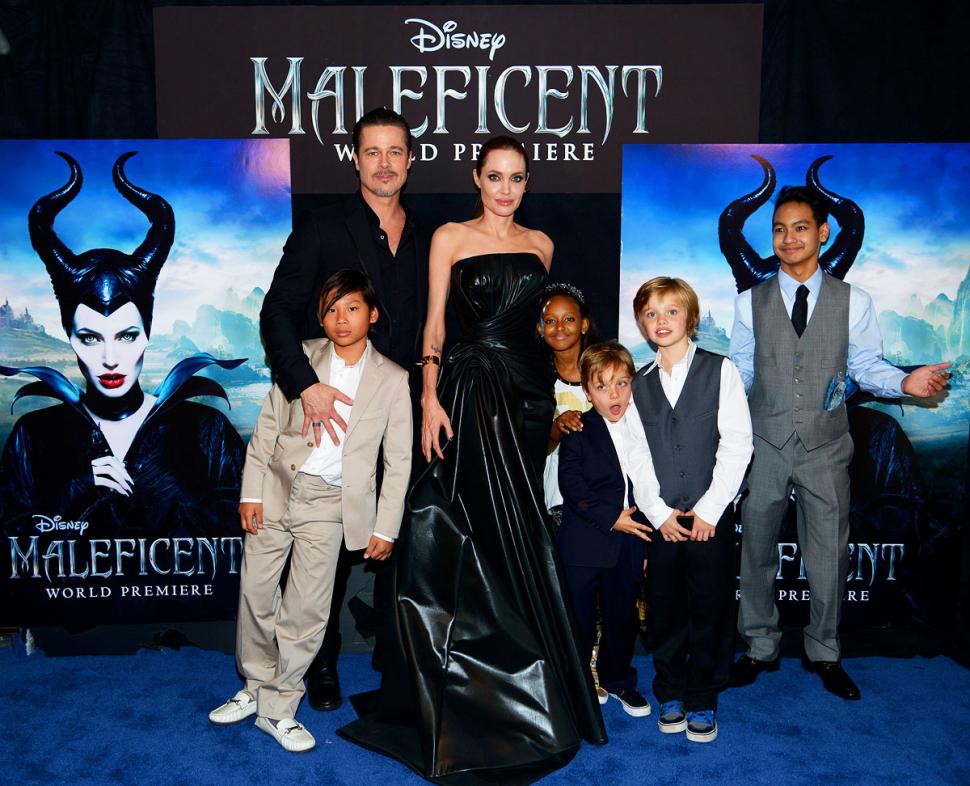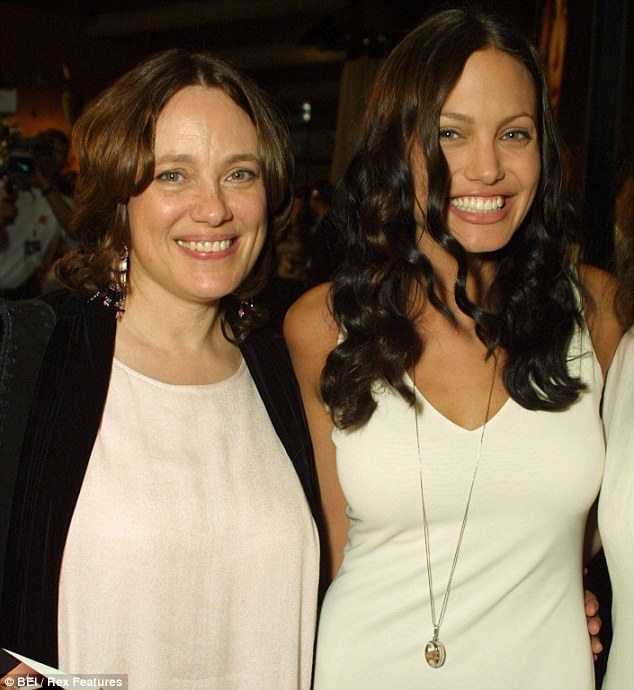"Egy koronázást láttam életemben és a következő már az enyém volt, ami meglehetősen rendkívüli " mondja II. Erzsébet brit királynő, aki saját szavaival osztja meg a publikummal élete egyik legemlékezetesebb napjának féltve őrzött emlékeit , a BBC1 jóvoltából.
(Photo by BBC)
Az alábbi 20+1 kifejezés közül 20 megfelelő helyre vár a koronázási ékszerekről szóló brit újságcikkben. Illeszd őket vissza a szöveglyukakba! Have fun!
KORONÁZÁSI KIFEJEZÉSEK
accession= trónra lépés
anniversary= évforduló
Archbishop= érsek
beaming= ragyogva
ceremony= ünnepség
Coronation= koronázás
crown= korona
crowned= megkoronázta
diamonds= gyémántok
gold= arany
Her Majesty= Őfelsége (királynőre)
investiture= beiktatás
Jewels= ékszerek
King= király
kingdom= királyság
monarch= uralkodó
precious stones= drágakövek
Queen= Királynő
royal= királyi
sapphires= zafírok
treasures= kincsek
A FELADATOT A FENTI KÉPRE VAGY IDE KATTINTVA INTERAKTÍVAN IS MEGOLDHATOD ONLINE !!
THE CORONATION on BBC1
__________(1) with delight, the __________(2) is reunited with the magnificent, bejewelled __________(3) she wore for her __________(4), as she is interviewed in a new BBC documentary marking the 65th __________(5) of her __________(6).
It is the first time the __________(7) has come face to face with the St Edward's Crown since the __________(8) of Canterbury placed it on her head on 2 June 1953, and formally __________(9) her Queen.
"I've seen one Coronation and been the recipient in the other, which is pretty remarkable," says Her Majesty, recalling her own __________(10) and that of her father George VI in 1937.
The hour-long documentary explores the history and role of the Crown __________(11) a priceless collection comprising 140 items and 23,000 __________(12).
The film is one of the rare occasions when __________(13) has agreed to appear in a documentary. She previously worked with the BBC in 1992 when she provided a voicover for a documentary Elisabeth R, which marked the 40th anniversary of her __________(14).
CENTURIES OF HISTORY
The St Edward's Crown was made for the Coronation of Charles II in 1661, replacing the medieval crown that had been melted down in 1649 by the Parliamentarians and which was thought to date back to __________(15) saint Edward the Confessor, the Anglo-Saxon __________(15) whose death in 1066 led eventually to the Norman Conquest.
It comprises a solid __________(17) frame set with precious stones including __________(18) rubies, white and yellow topazes, amethysts and aquamarines and is topped with a velvet cap with an ermine band.
Stored in the Tower of London, it is only worn at Coronations. For the State Opening of Parliament, the Queen wears the much lighter Imperial State Crown, set with one of the world's largest __________(19), the Cullinan II.
The documentary also features memories from others present at the Coronation, including a maid who almost fainted and a choirboy who was left to sing solo when his fellow choristers lost their voices.
It is part of a series of programmes about the __________(20) of the Royal Collection, the art collection of the royal family. The BBC's director of content, Charlotte Moore, said: "In her own words, the Queen will bring to life the enduring symbolic importance of the Coronation ceremonies for modern audiences to enjoy."
(Adapted from the British Press)
Érdekelnek az angolos videók?
IRATKOZZ FEL az ANGOL VLOG nyelvoktató csatornámra!
nyelvoktató csatornámra!
BÓNUSZ haladó szövegértés feladat!!
A FELADATOT A FENTI KÉPRE VAGY IDE KATTINTVA INTERAKTÍVAN IS MEGOLDHATOD ONLINE !!
1. When did the Queen last see her Coronation Crown?
a) She sees it every year on her anniversary.
b) She last saw it in 1965.
c) She hasn't seen it since her Coronation.
2. How often does the Queen appear in documentaries?
a) Very often.
b) Hardly ever.
c) Only on formal occasions.
3. The Crown collection consists of 140 __________.
a) jewels
b) precious stones
c) crowns & tiaras
4. The Queen has __________ worked with the BBC.
a) never
b) already
c) recently
5. The crown she wore at her Coronation was specially made for __________.
a) her
b) St Edward
c) Charles II
d) George VI
6. For parliamentary opening ceremonies the Queen wears __________.
a) the crown she wore at her Coronation
b) another crown
c) no crown, huge diamonds only
7. In the documentary the Queen is going to tell the viewers about __________.
a) the history of the Royal Collection
b) the stories of the Crown Jewels & personal memories of the Coronation
c) presents she received for her Coronation
8. The programme is __________.
a) a movie
b) a docuseries
c) a documentary film
